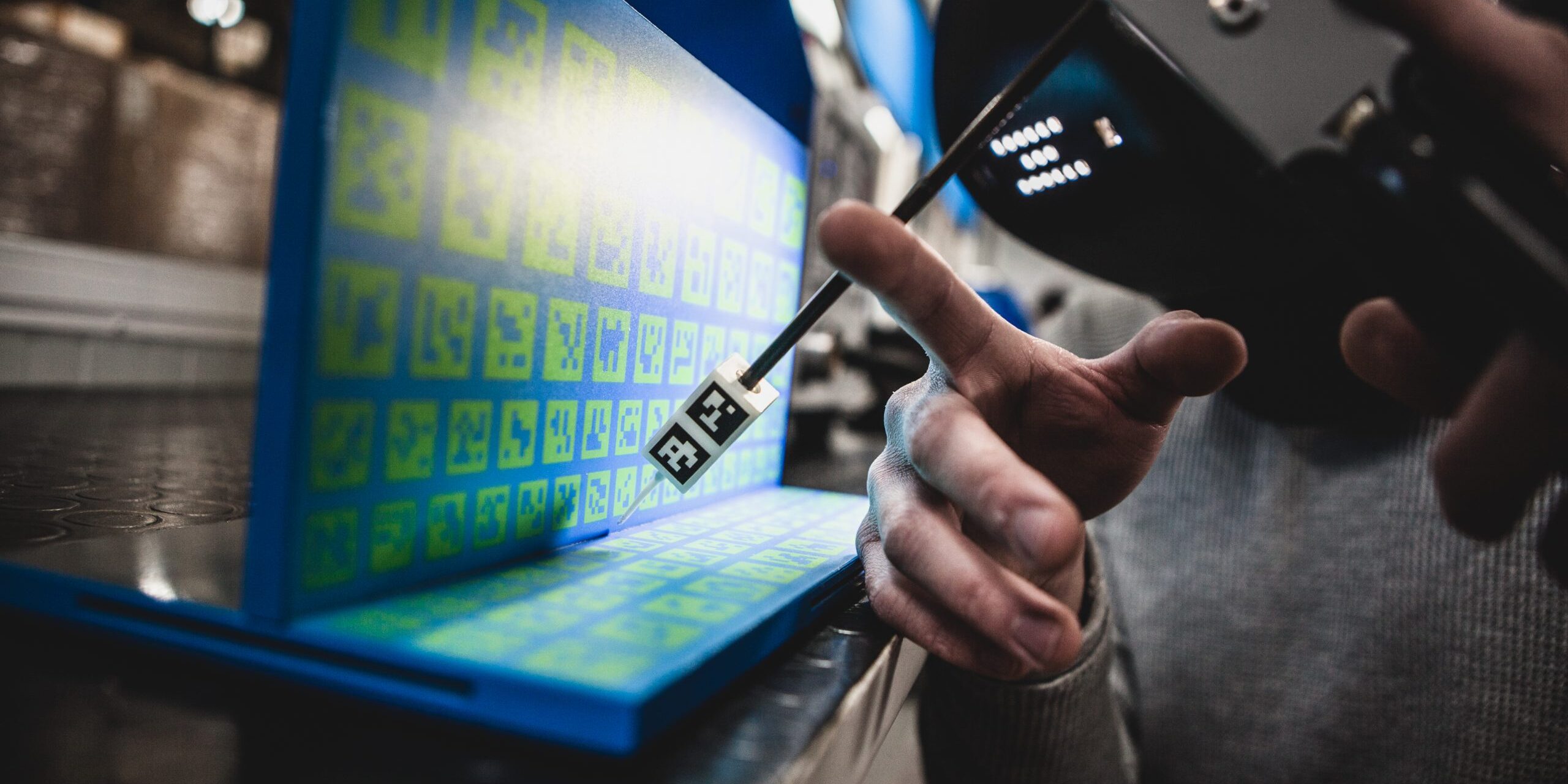Getting started in welding will require a bit of an upfront investment into equipment. If you’re lucky, you might already know a welder with some secondhand gear to gear you started, but for some things, it’s better to buy new, for both quality and sizing reasons.
In this piece, we will look at important welding tools for beginners, covering safety, welding gear, and digital tools.
Safety First!
A Sturdy Auto-Darkening Helmet
Fail to prepare, and prepare to fail! You won’t be having a long and happy career in welding if you don’t take care of your moneymaker (your face). Without a helmet, don’t even think about picking up that welding torch.
Sparks and flames can easily jump and scar your face, burning your skin and eyes are they do so. Does that sound good? Not unless you want to audition as a Bond villain.
Why an ‘auto-darkening helmet’ though? Well, some metals emit a very bright light when heated, and that light can permanently damage your eyes if you look right at it (which you need to when welding). Only a certain amount of light can pass through these special helmets, giving you the needed protection for the job.
Also recommended: Safety Glasses
When you’re on-site and there are sparks flying around, you should have some safety goggles on for when you’re not welding. It can be a bit overly cautious to wear a helmet at all times of the day, so keeping safety goggles on you will provide a durable alternative.
Welding Gloves
Built using flame retardant fabrics woven into layers for protection and insulation, welding gloves are key to preventing injuries to your hands and fingers. Ask any welder how much it hurts, and how uncomfortable it is welding with a burn, and that will be all the convincing you need!
There are MIG welding gloves and TIG welding gloves commonly sold in all good hardware stores, so it’s good to know the difference:
- MIG are thicker, with more padding, and designed with a looser fit to help throw them off quickly if they overheat
- TIG are thinner and used for precision, offering more dexterity for your torch movements
Welding Boots
Whilst welding seems to be something primarily done using your hands and eyes, your feet play an important role too! It’s rarely discussed how common foot injuries are and how easily preventable they are with good footwear. As far as welding tools for beginners go, welding boots are low-hanging fruit.
Steel toecaps are a must, as is thick leather. Molten metal and heavy machinery are not toys.
Welding Sleeves
Most of the time you’ll be wearing overalls, but in the event that you’re not, perhaps when welding in your own workshop, you’ll want to make sure your arms are covered. Remember that sparks and flames spit and maim, and if you’re welding in a normal cotton or polyester t-shirt, it can catch fire and melt into your skin. This can be a career-ending injury, so don’t take the risk
Welding sleeves can be attached and detached at your leisure if you don’t fancy putting your full overalls on. They are tough, robust, fire-resistant, and come in different shapes and sizes. Some attach to an apron, others are like a one-armed shirt, going over the head to provide neck and chest protection too.
Handheld Welding Tools to Help Any Beginners
Welding Pliers
The first welding tools for beginners to buy are likely pliers or a speed square (which we will cover next). Welding pliers can be found in all hardware stores and have loads of useful functions, including:
- Loosening or tightening the contact tip
- Removing the nozzle from your welding torch
- Cleaning the inside of the welding torch nozzle for spatter
They’re incredibly cheap considering the value and use you get out of them.
Speed Square
For some new welders, there’s no welding tool more useful and utilised than the speed square, which allows its user to measure materials and their angles. It’s especially useful for making 90-degree cuts, thanks to being shaped like a right-angled triangle.
If you can’t measure, you can’t weld. Guessing will only lead to errors.
Metal Brush
Any welder will tell you that a metal brush is an absolute necessity, so when looking for welding tools for beginners, it’s a great bit of kit to buy and put in your new toolbox or kit bag.
Used to remove slag and charring, it is essentially the metal equivalent of what sandpaper is to wood. A metal brush is used on cooled welds to improve their finish.
Combine the metal brush with a chipping hammer for an even better result that will be looking very clean and smooth.
Welding Magnets
For any non-welders reading this article, the sight of a welding magnet might cause confusion. At first glance, it’s hard to guess what they might be or do, but once you know, it makes total sense. It’s hard to weld without them, regardless of ability level, thanks to the number of uses they offer.
Welding magnets are applied to pieces of metal that need holding in a specific place where the use of clamps is not appropriate. Alternatively, they can allow the welder to mount two separate pieces of metal together at the desired angle, something clamps also don’t account for.
Beginners will find many uses for welding magnets, but professionals will find many, many more.
How Soldamatic can help welding beginners
This is the first Augmented Reality (AR) powered welding training software and technology in the world. By combining real welding equipment with a virtual experience in a headset, new welders can get to learn the motions required and save them to their muscle memory.
Beginners can learn from anywhere and all types of welds are included in this innovative system.






